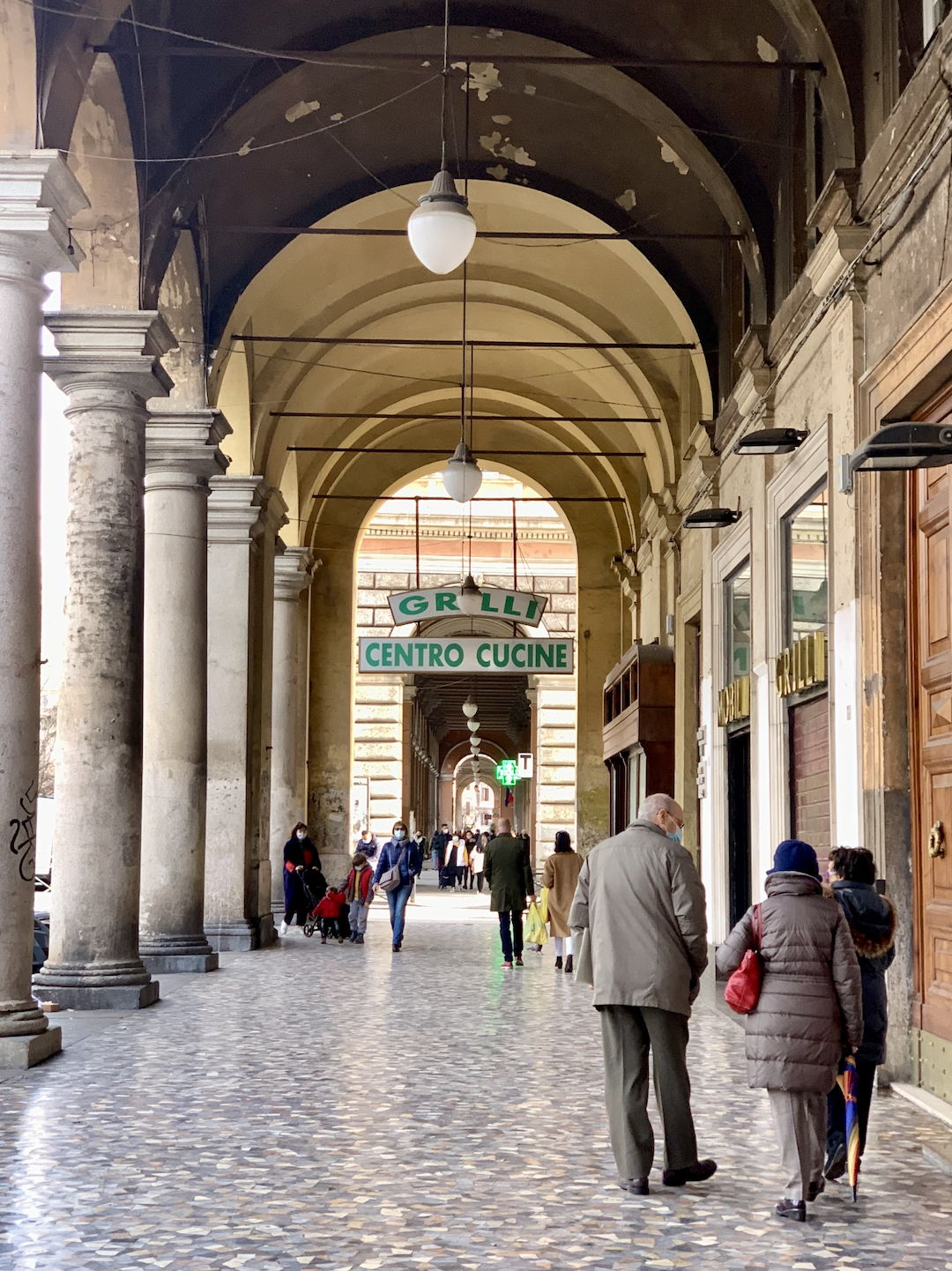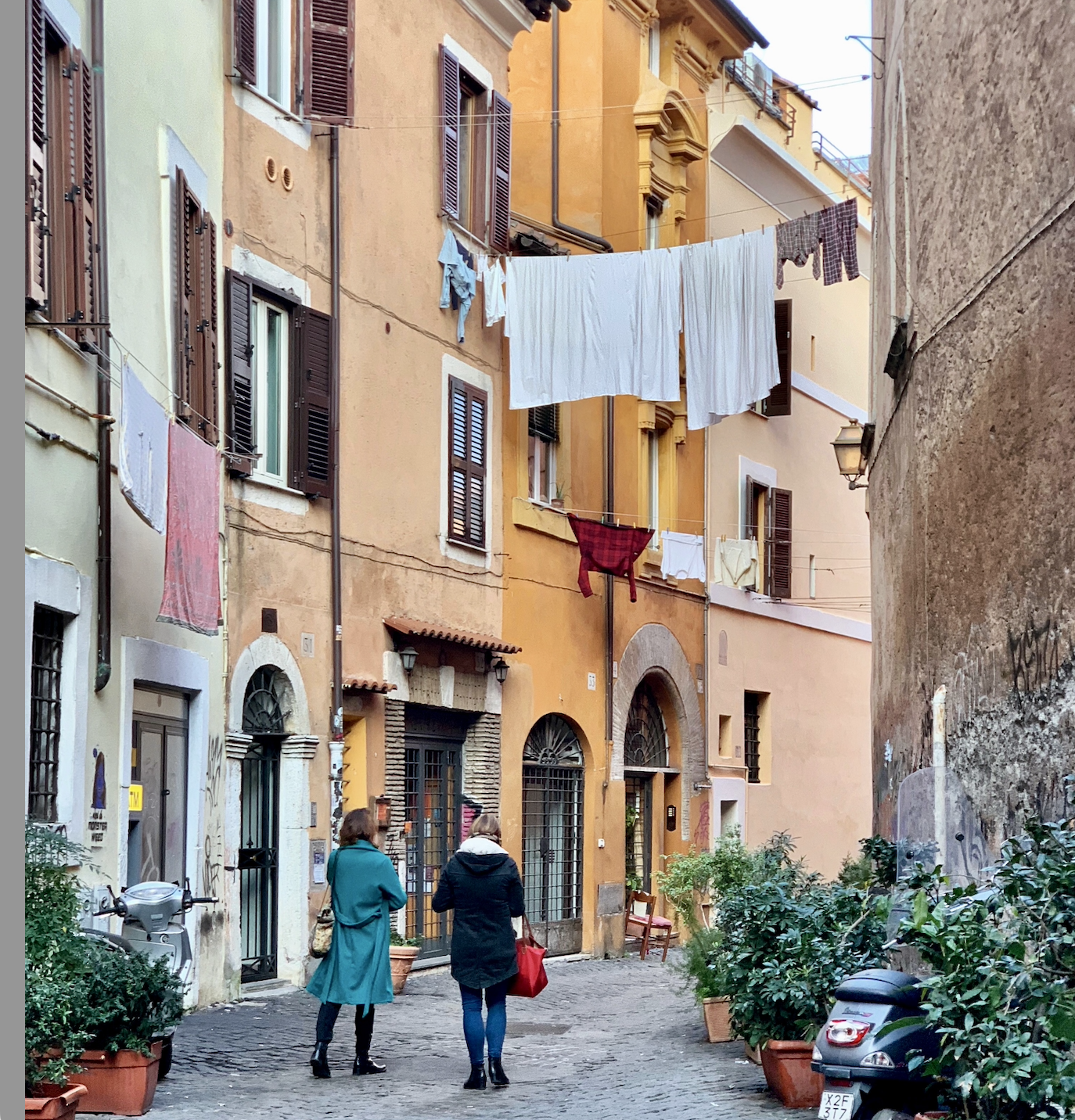How To Be a Conscious Traveler in Italy: Mindful Tourism in Il Bel Paese
It goes without saying that Italy is one of the leading tourism destinations in the world. Not many other nations can claim to be home to the most UNESCO World Heritage-recognized sites, national monuments, and a diverse terrain that encompasses mountains, sea, and nature. Italy is also the host of the Vatican, home to one of the Seven Wonders of the World, and sees over roughly 60 million international arrivals annually. There is decadent cuisine, a beautifully spoken language, and the allure of Italian culture that draws so many of us in.
But while increasing numbers of visitors certainly boost the Italian economy, it does come with a double-edged sword. In recent years, there has been a lot of talk about overtourism—especially in hotspot destinations like Florence, Venice, and Rome. As more and more travelers enter the country, it is now facing the many challenges of this increasing influx of people: skyrocketing housing costs, overcrowded historic centers, rising prices for outings, services, and food that make it difficult for locals to afford, excess litter, and the gradual erasing of local traditions and daily life.
According to Statista, there are over 500,000 Airbnb listings throughout the country. In Rome alone, the city has over 35,000 listings as of 2024, which means there are 35,000 homes no longer available for citizens or residents to rent long-term. There’s this million-dollar question amongst locals: When will the overtourism bubble finally pop? But the real question is—will it ever? Rather than debating whether we should travel to Italy, the question should be how we travel to and throughout Italy.
Below are a few suggestions on how to be a conscious traveler if you are planning to come and explore the Boot firsthand.
Lean on Accommodations Outside of Airbnb
Sometimes Airbnb does sound like it offers all the bells and whistles—especially with the idea that us traveling can “live like a local.” After all, you’re staying in the home of one. But if you want to avoid Airbnb, you don’t have to default to an overpriced five-star hotel, either.
Italy offers so many other types of accommodations that feel equally luxurious, comforting, and “local.” Instead of browsing the Airbnb app, consider exploring family-run bed and breakfasts (hint: there are many!), locally owned hotels, or, if you’re staying in the Italian countryside, agriturismo (farm stays), which have been quite the talk of the town lately for everything they offer.
Follow the Locals’ Suggestions
With the rise of social media alongside tourism, it’s easy to fall into an algorithm of city recommendations made by someone who shot a pretty video but only visited that place for roughly 24 hours. If you’re looking for the authentic vita italiana, try to plan and find recommendations from locals or residents who specialize in sustainable travel.
For example, suppose you’re headed to the Eternal City and looking for restaurant recommendations. In that case, there are incredible food writers, bloggers, or local food tour guides who have created free suggestions on their social media channels or websites made for us. Not only are you more likely to have an authentic meal, but you’re also supporting local businesses, avoiding tourist traps, and tasting regional delicacies you won't expect to find anywhere else.
Visit During the Off-Season
Of course, nothing says “Italy” like estate italiana. Yes, something is alluring about a mid-July dip in the Mediterranean, but Italy isn’t only for the summer traveler. It might sound like an oversung suggestion, but visiting during the off-season (think fall, early spring, or even winter) gives you the chance to avoid the overwhelming crowds, walk the same streets with locals who were previously in hiding, and enjoy lower prices for flights and accommodations, and not to mention, cooler temperatures!
If summer is your only travel window, try visiting lesser-traveled destinations. For example, instead of Florence, try Lecce or Bologna. Instead of Rome, consider heading to Orvieto or exploring the region of Abruzzo. Skip Venice and visit Vincenza.
Make the Most of Walkable Cities and Public Transport
Train travel in Italy is an experience in itself. Not only is the rail system extremely advanced, with stops across the entire country, but it’s also a great way to see Italy without the stress of driving in a foreign country or renting a car. Many major cities also have easy-to-navigate metro, bus, and tram systems that cost around €1.50 per ticket. During high season, taxis are hard to come by and often charge more than necessary, so if you’re in a walkable city like Milan or Florence, what better way to see city life than to walk the city blocks?
Have you traveled to Italy before or are you planning your first trip soon? If so, what are some ways you practice conscious travel, in Italy or elsewhere? Let us know if the comments below!
Writer - Gabriela Proietti






